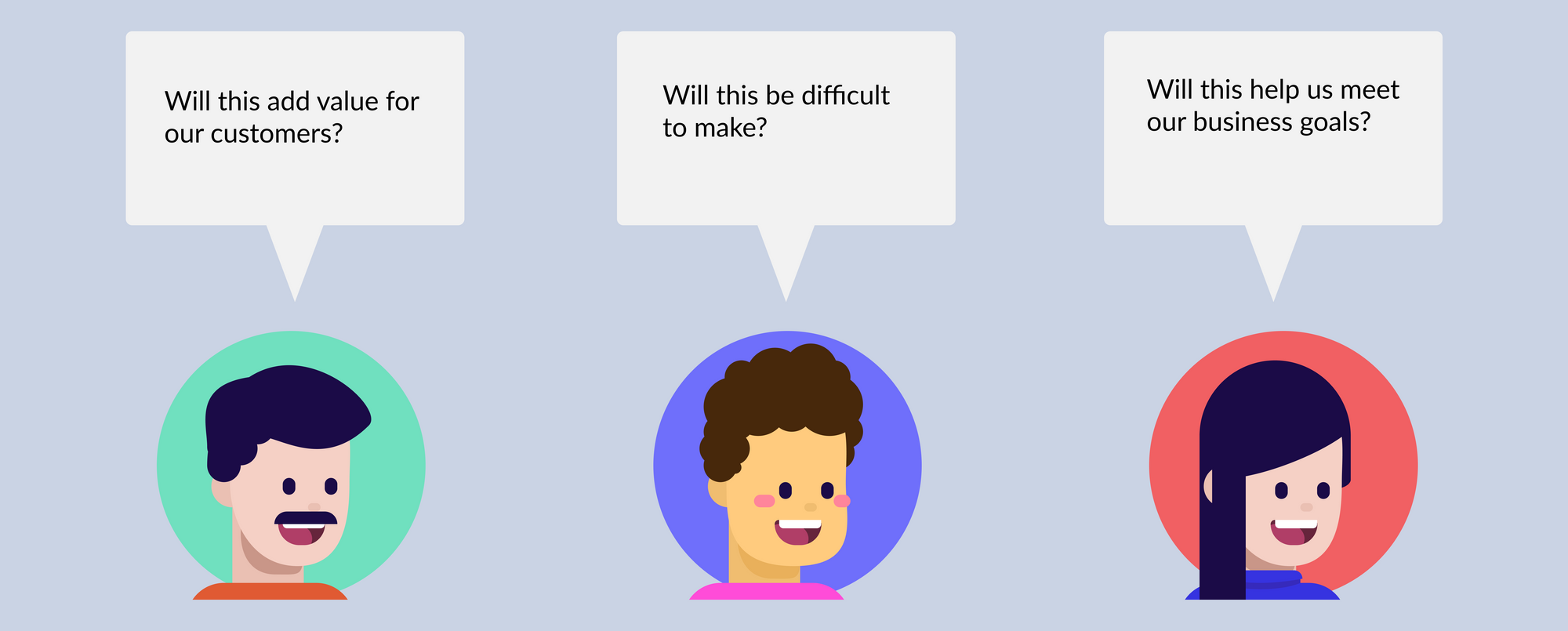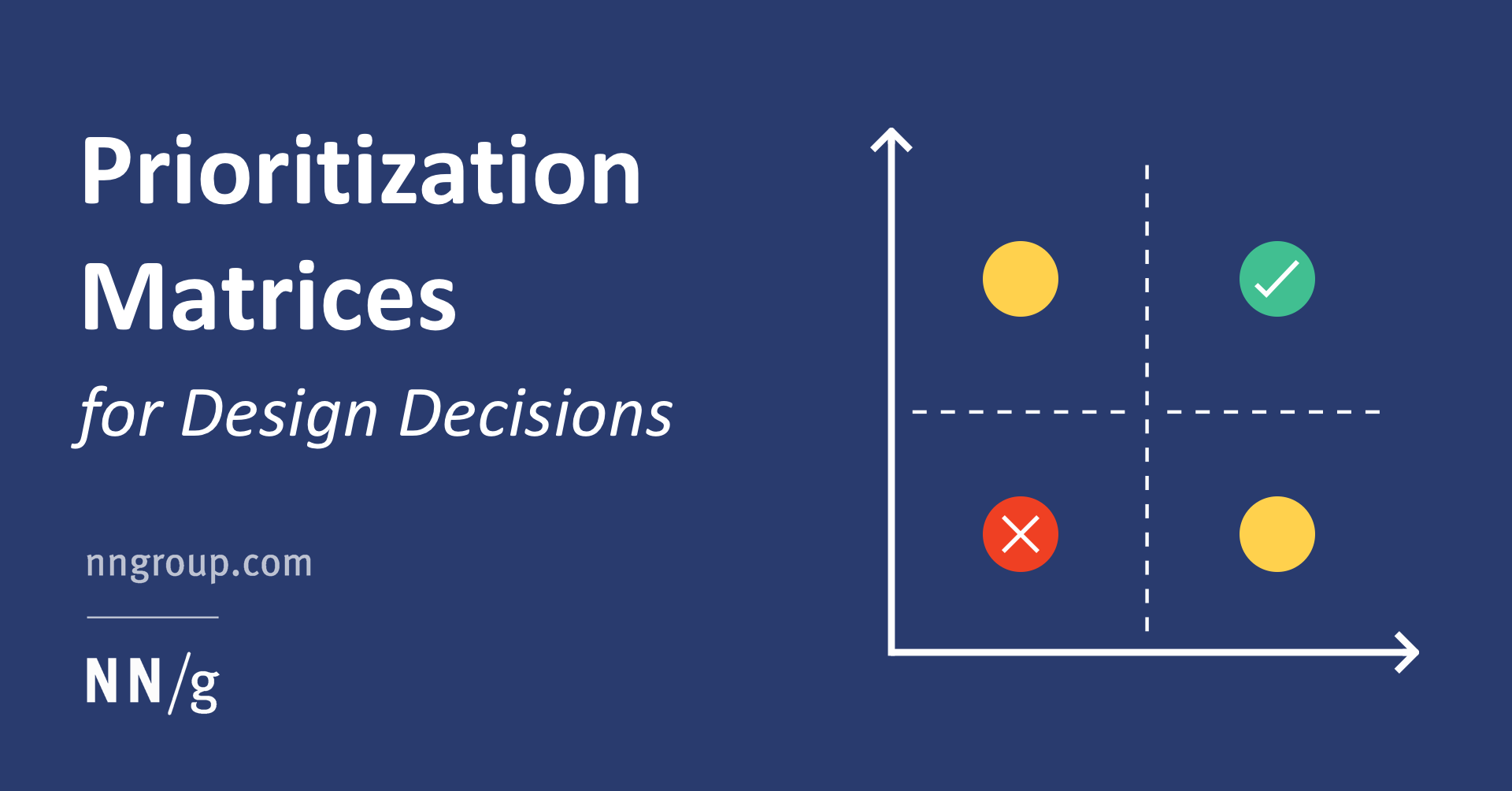How do you keep your project focused on one common goal to stay within time and budget constraints when seemingly endless solutions arise?
The MVP
When developing a minimum viable product (MVP), satisfying users with the least amount of effort is key. Important factors to consider when prioritizing new features are how much they will improve outcomes for users, how they will help meet business goals, and how much effort they will take to implement.
Putting Users First
The first factor to consider when prioritizing potential features is whether they will improve outcomes for users. While it may be tempting to exceed expectations with extra features, it’s important to meet users where they’re at and focus on what they actually need.

Keeping the number of features in an MVP focused on users’ main goals when using a product not only makes their experiences more satisfying but easier to evaluate as well.
Business Needs
Next, it’s important to understand business needs and manage stakeholder expectations when prioritizing features. Everyone involved brings their own perspective to the process, requiring clear communication and successful compromise.

To balance these perspectives, look for ways to include stakeholders. Allowing them to brainstorm their own features by facilitating design workshops can be a great way to generate fresh ideas.
Effort & Impact
Now that you’ve generated potential features for your MVP, it’s time to organize them. Divide potential features based on the value they add for users and the time/money they’ll take to implement.

Notice the top right quadrant? Prioritize high-impact/low-expense features first, allowing your MVP to gain measurable feedback from users quickly. After this, prioritize high-impact/high-expense features, but understand the project’s budget constraints and consider collaborating with engineers to know how long implementing them will take.
Wrap Up
Feature prioritization helps focus MVP development on specific goals, balancing user needs, business needs, and engineering needs. The next step is to gain user feedback and evaluate user satisfaction. Remember that this process can be cyclical and that there’s always room to re-prioritize.
Sources & Further Reading:




